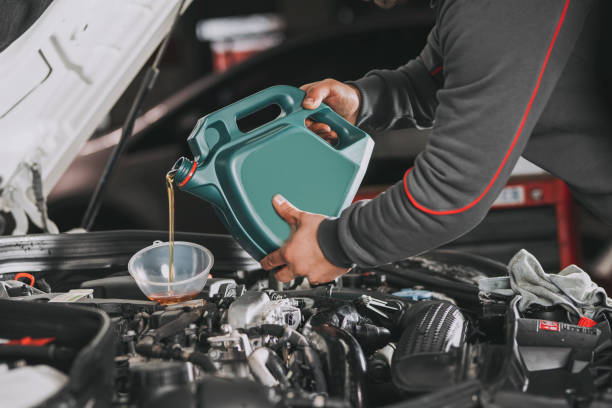
Suppose you’re a business owner or Fleet Manager. In that case, you probably worry about how expensive maintaining a fleet of vehicles can be, but not having a proper fleet maintenance system is even more costly. Fleet maintenance is the part of fleet management where your most incredible opportunity for cost savings comes from.
Ultimately, you want to guarantee your vehicles reliability by keeping them in top condition. In this article, I’ll share some top tips for managing fleet maintenance costs that will help you keep your fleet in great shape without breaking the bank.
Top Tips for Managing Fleet Maintenance Costs
1. Preventive maintenance saves money in the long run.
One of the most important things you can do to keep your fleet in top condition is to schedule regular maintenance checks. Neglecting regular maintenance can lead to vehicle breakdowns and costly repairs. Many businesses only consider maintenance when a vehicle breaks down, but this reactive approach is more expensive in the long run. By investing in preventive maintenance, such as regular oil changes, tire rotations, brake checks, and tune-ups, businesses can catch potential problems before they become major, reducing the risk of breakdowns and costly repairs.
2. Choose Quality Parts and Service Providers
When it comes to maintenance and repairs, choosing quality parts and service providers is vital. While going for the cheapest option may be tempting, you’ll likely pay more in the long run. Low-quality parts can wear out quickly, and poor service can lead to more problems down the line. Invest in quality parts and choose reputable service providers to ensure your fleet stays in top condition.
3. Efficient vehicles save fuel and maintenance costs
Properly maintained vehicles are more fuel-efficient, which means lower fuel costs for your company. In addition, efficient vehicles experience less wear and tear, resulting in lower maintenance costs over time.
4. Reduced downtime means increased productivity
Unexpected breakdowns and repairs can cause delays and decrease productivity. Effective fleet maintenance can prevent these issues and keep your vehicles on the road, improving productivity and customer satisfaction. By implementing a proper maintenance schedule, you can extend the life of your fleet vehicles. This will save you money in the long run by reducing the frequency of vehicle replacements and repairs.
5. Train Drivers on Proper Maintenance Practices
Reckless driving, harsh braking, and sudden acceleration can all take a toll on vehicles, leading to increased wear and tear and costly repairs. Your drivers play an essential role in fleet maintenance; training them on proper maintenance practices can help you save money in the long run. Empowering your drivers to take care of their vehicles can prevent minor issues from becoming major repairs. Encourage drivers to report any problems as soon as they arise and provide them with basic maintenance training so they can perform simple tasks like checking oil levels or tire pressure. We encourage companies to add a daily vehicle inspection checklist to their fleet management policy, as this method of regular checks helps discover problems before they get worse.
6. Use Technology to Your Advantage
Technology can be a powerful tool for managing fleet maintenance costs. Fleet Management Software can help you track maintenance schedules, monitor fuel consumption and vehicle downtime, and identify potential issues before they become significant problems. Telematics systems can also help you track vehicle usage and identify areas where you can cut costs, such as by reducing idle time or improving driver behavior.
7. Prioritize Vehicle Selection
Choosing suitable vehicles for your fleet can significantly impact maintenance costs. When selecting vehicles, consider factors like reliability, fuel efficiency, and maintenance costs. Investing in higher-quality vehicles may cost more upfront but can lead to significant savings in the long run.
8. Keep Detailed Records
Keeping detailed records of all maintenance and repairs is essential for managing fleet maintenance costs. By tracking expenses and identifying trends, you can spot potential issues and make informed decisions about when to replace vehicles or invest in new equipment. Detailed records can also help you negotiate with service providers and identify areas where you can cut costs.
In conclusion, managing fleet maintenance costs requires a proactive approach and a willingness to invest in quality maintenance practices. By scheduling regular maintenance checks, choosing quality parts and service providers, keeping detailed records, training drivers on proper maintenance practices, and using technology to your advantage, you can keep your fleet in top condition and save money in the long run.
Don’t wait until your vehicles break down to take action; start implementing a proactive maintenance program today! With these top tips in mind, you’ll be well on your way to managing fleet maintenance costs effectively and efficiently.






